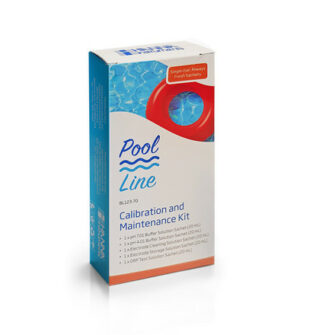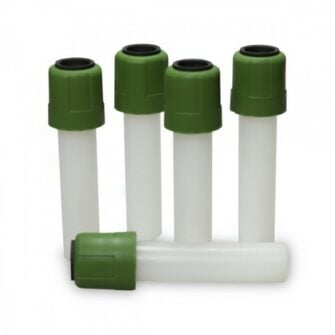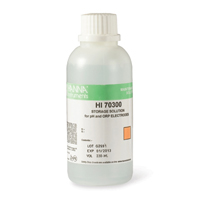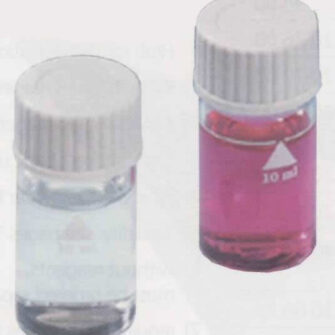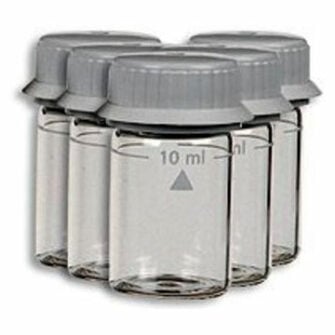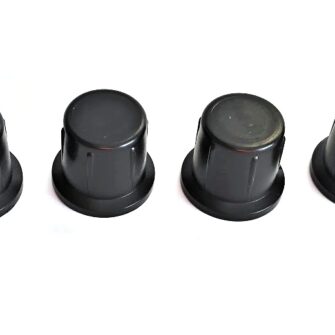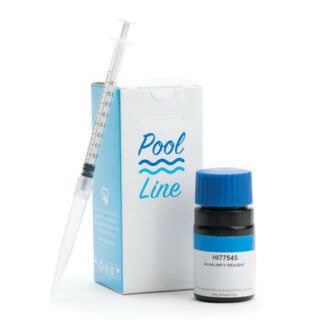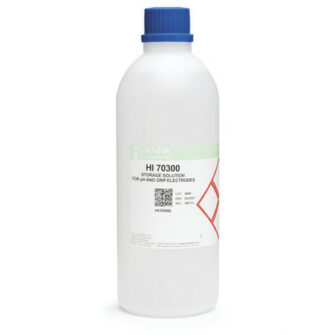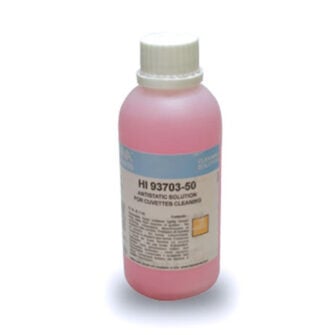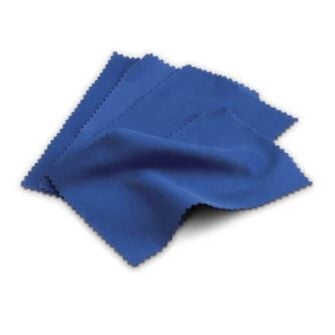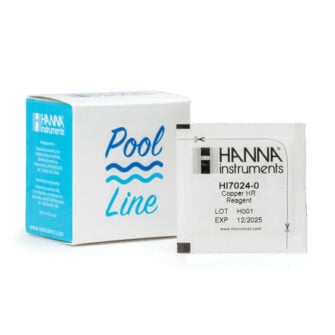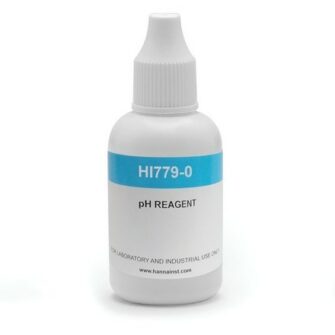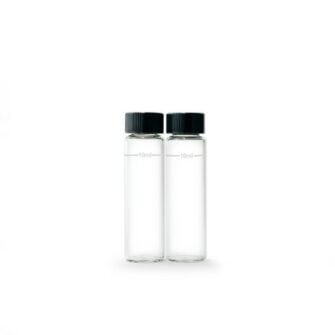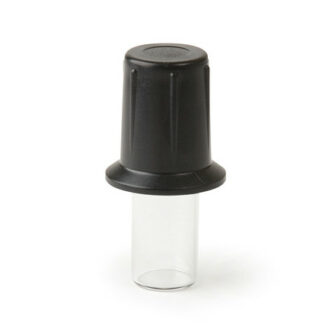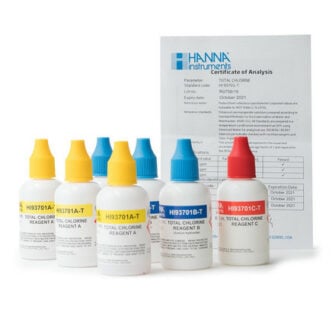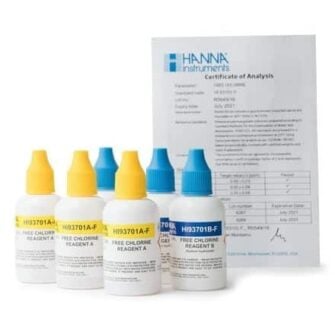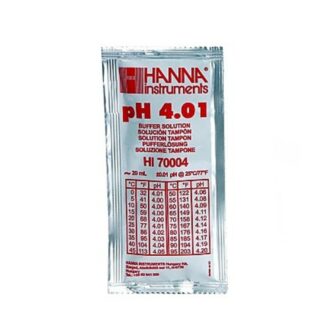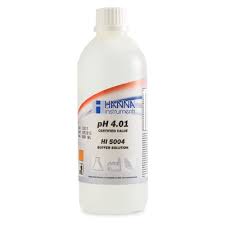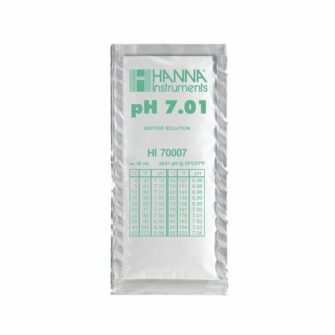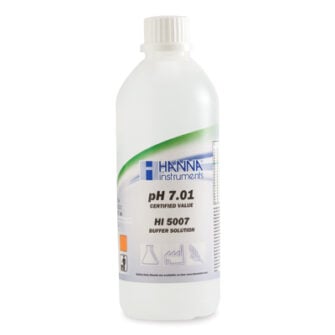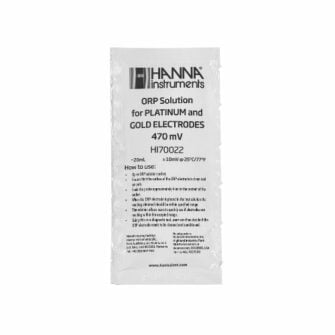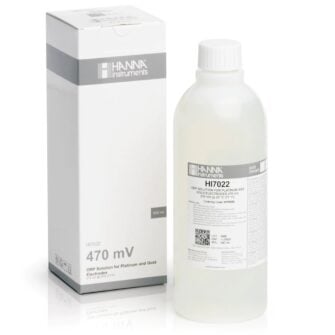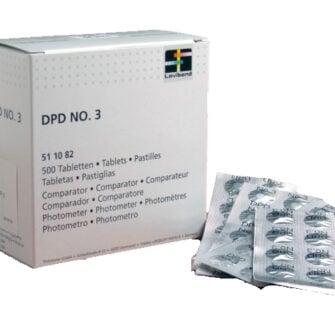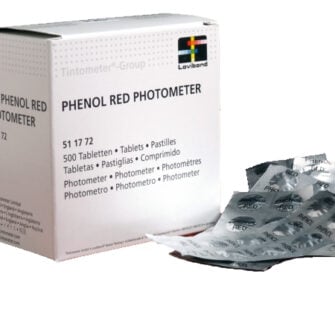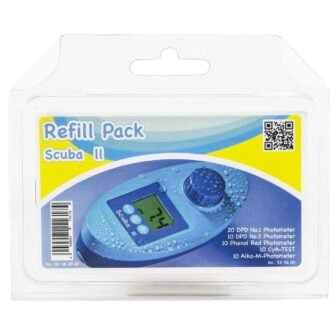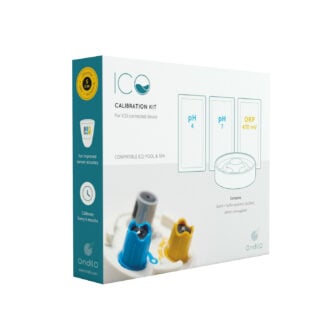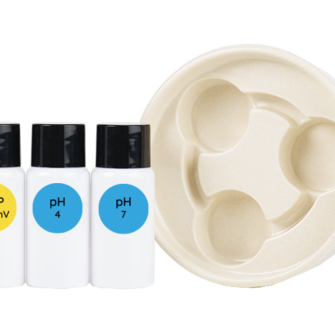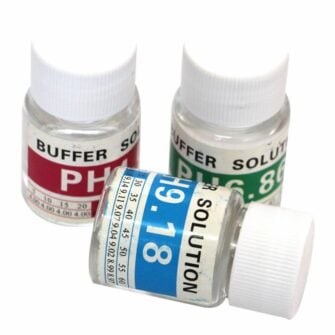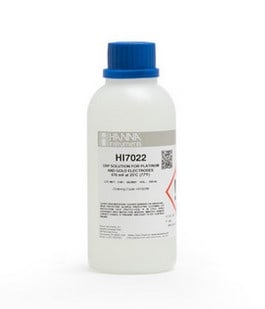Reagents for performing a water analysis (such as calibration fluid, dpd tablets, …) or for cleaning and storing measuring probes
Types of reagents
Calibrators for probes
It is recommended to carry out an annual check on the probes at start-up. By performing a calibration you can check whether there is a deviation from the measured value of your probes. If the deviation between the calibration fluid and the displayed value of your probe is too large, you must replace the probe.
Cleaning fluid
Cleaning fluid will mainly be used to clean/rinse the probe after performing a calibration.
Storage liquid
With passive hibernation = shutting off the filter installation, the probes must be kept in liquid. For this you can use the storage liquid using Hanna.
You can use storage caps to properly overwinter a probe. This cap fill up with storage liquid and insert the probe to get through the winter.
Cuvette cleaning fluid
With photometers, there are often cuvettes used to dissolve reagents to measure specific values. It is recommended to clean these cuvettes in time so that a subsequent measurement can be carried out.
You do this with the cuvette cleaning liquid. After cleaning you can dry the cuvette completely and make it clear with a cloth.
To obtain a good value from the photometer, the cuvette must be completely clear. Possibly. (grease) spots will have a direct impact on the measured value. After each measurement, it is best to clean the cuvette to avoid interference from the previous measurement.
reagents for photometers
For a photometer you need different reagents to be able to perform measurements. This comes in several forms:
In most cases you will first fill the cuvette with pool water and place it in the photometer. Here you record the 0-point (without added reagents). Afterwards you add the appropriate reagents according to the value you want to measure.
Then you place the cuvette with the pool water and added reagents back into the photometer. The device can then measure and display the desired value.
